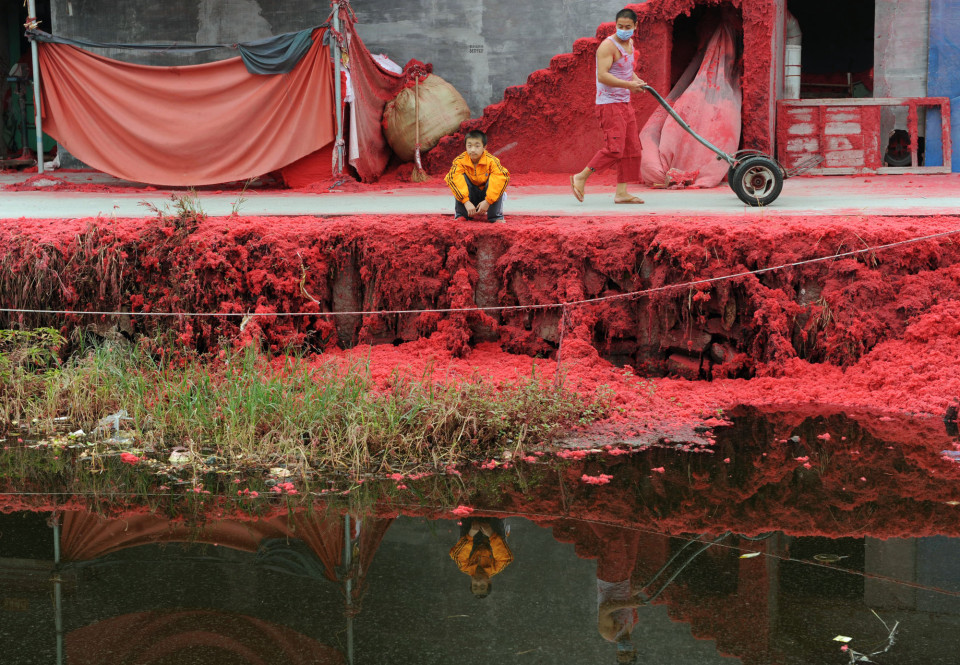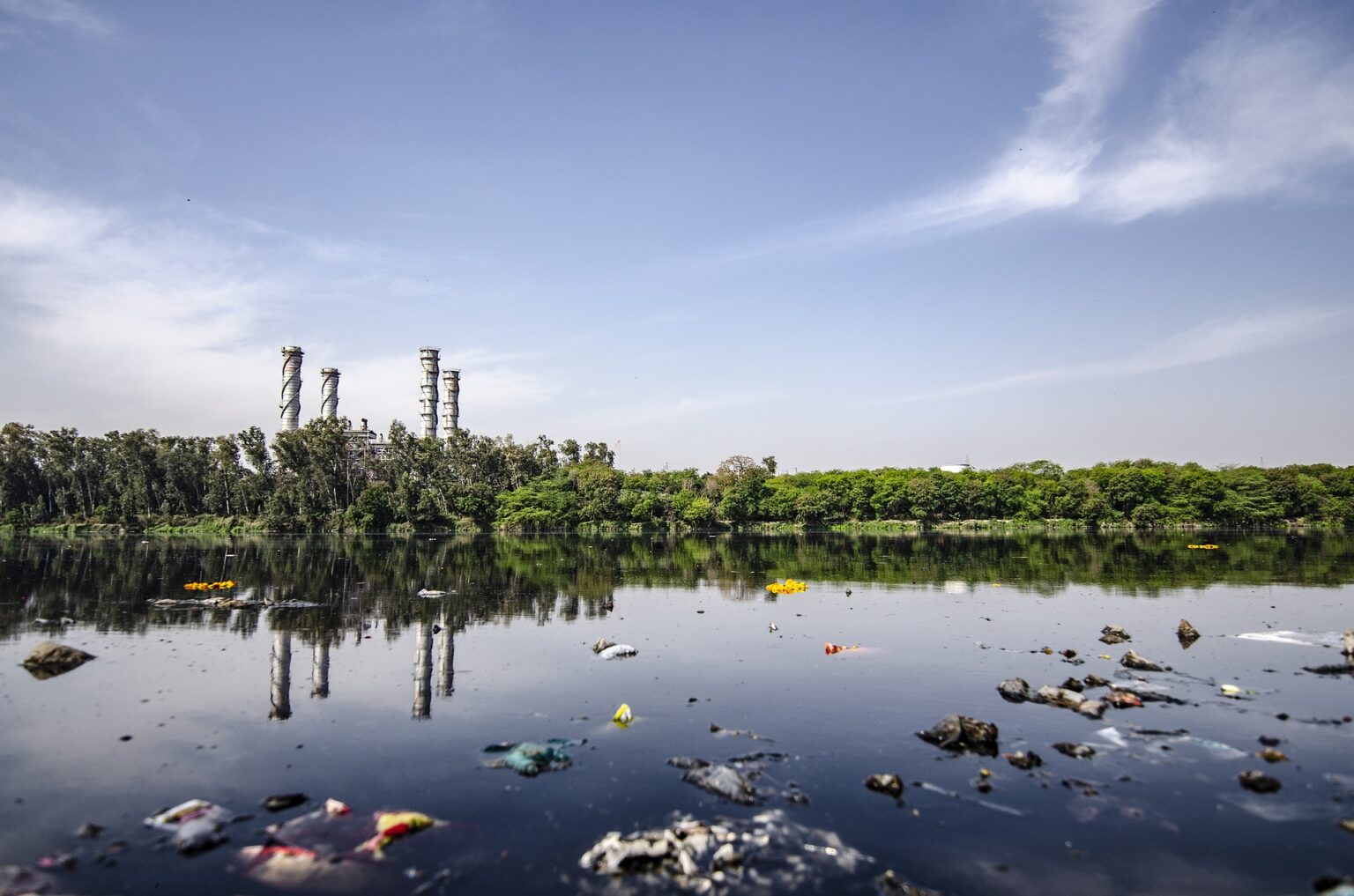Fast Fashion’s Hidden Cost: How Our Clothes Are Wasting the Planet’s Water
When we think about fast fashion, our minds usually jump to trendy clothes, cheap prices, and overflowing closets. But behind that $5 t-shirt is a hidden environmental crisis, one that’s quietly draining one of our planet’s most vital resources: water.
The fashion industry isn’t just about style anymore; it’s one of the largest industrial consumers and polluters of freshwater in the world. According to a 2022 systematic review by Bailey, Basu, and Sharma, the fashion industry consumes a staggering 79 trillion liters of water annually, contributing to around 20% of all industrial wastewater (Bailey et al., 2022). Let that sink in—nearly a fifth of all industrial wastewater on Earth comes from making the clothes we wear.
Water at Every Stage of Fashion
Water plays a role at almost every step of the clothing production process—from growing cotton to dyeing fabrics to finishing garments. Growing enough cotton for just one t-shirt can require over 2,700 liters of water. That’s enough for one person’s drinking needs for two and a half years (Bailey et al., 2022).
Bailey and colleagues explain that wastewater is produced not just during the agriculture of cotton, but also during cleaning of machinery, textile pre-treatment, and even laundering. In short, every phase of the fashion supply chain leaves a watery footprint.
The Pollution of Water
 CFP. (2022). Red-dyed river from textile industry pollution in China [Photograph]. Digital Science. https://www.digital-science.com/wp-content/uploads/2022/04/red-river-china-CFP460277545.jpg
CFP. (2022). Red-dyed river from textile industry pollution in China [Photograph]. Digital Science. https://www.digital-science.com/wp-content/uploads/2022/04/red-river-china-CFP460277545.jpg
It’s not just about how much water the industry uses, it’s also about what happens to that water after. The textile industry uses around 1,900 chemicals in its processes, many of which end up untreated in rivers and streams. These chemical-laden waters often have elevated pH levels, chemical oxygen demand, turbidity, and high suspended solids, all of which severely degrade water quality (Bailey et al., 2022).
This pollution doesn’t just harm aquatic ecosystems, it makes water unsafe for nearby communities too. In many cases, the wastewater is so toxic that it becomes almost impossible for nature to break down.
We’re already seeing increased water scarcity in some regions, stressing fragile ecosystems and threatening clean water access for millions.
The Global Displacement of Pollution

Singh, Y. (2022). Industrial water pollution in India [Photograph]. Digital Science. https://www.digital-science.com/wp-content/uploads/2022/04/contamination-india-4286704_1920-1536×1017.jpg
Fast fashion’s environmental damage isn’t evenly distributed. Most garment production is outsourced to low- to middle-income countries like China, Bangladesh, and India, where environmental regulations are often weaker.
In China alone, 32% of the country’s water faces pollution, and the textile industry is responsible for 13% of wastewater discharged by manufacturing industries (Bailey et al., 2022).
These countries bear the environmental cost of Western consumer habits—making fast fashion not just an environmental issue, but a serious environmental justice issue.
How We Can Turn the Tide
The good news? Change is possible.
The review recommends moving from our current “linear economy”—take, make, dispose—to a circular economy, where materials and water are reused and recycled as much as possible. Circular business models aim to keep resources circulating in the system, reducing waste and conserving water.
On the consumer side, even small changes can make a difference. Extending the life of garments by just nine months can lead to a 22% reduction in waste and 33% water savings (Bailey et al., 2022).
You don’t have to go zero-waste overnight. It starts with being more intentional about purchases, caring for clothes properly, and resisting the lure of constant newness.
Every Purchase is a Choice
The fashion industry’s water waste and pollution are staggering, but they’re not beyond repair. Real change will require:
- Pressure on brands to improve transparency
- Adoption of water-saving technologies
- Support for regulations that protect water resources
Most importantly, it will require a cultural shift away from fast consumption and toward mindful, sustainable habits.
So next time you shop for clothes, think about the hidden cost stitched into every thread. That cheap shirt might seem like a steal, but it’s part of a system polluting rivers, draining freshwater, and harming communities around the world.
Fast fashion isn’t just a fashion problem. It’s a water problem, a pollution problem, and a climate problem. But by becoming more conscious consumers and holding brands accountable, we can start turning the tide.
Source: Bailey, K., Basu, A., & Sharma, S. (2022). The Environmental Impacts of Fast Fashion on Water Quality: a Systematic Review. Water, 14(7), 1073. https://doi.org/10.3390/w14071073

